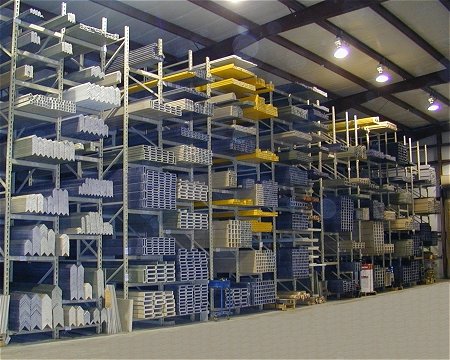How to Calculate the Beginning Inventory in Accounting

Beginning inventory is the recorded value of all goods and materials available to a company at the start of the account period. It basically refers to the inputs a company can use to generate revenues in the upcoming year.
It is an asset account, where the value can be gauged by looking at the balance sheet. However, as the balance sheet is usually prepared at the end of the accounting period, the beginning inventory will be looked upon as the ending inventory from the previous accounting period.
The purpose of knowing your beginning inventory is to determine the total cost of goods sold, which is computed by taking into account the beginning inventory, purchases made during the year, along with the ending inventory. Moreover, it is also used to estimate the turnover ratio, which has the average inventory in the denominator. Beginning inventory help companies estimate and predict future sales of their product or service.
Instructions
-
1
Firstly you will need to know the total cost of goods sold during the period. In this scenario, assume the cost of goods sold to be $10,000.
-
2
Now you will need to find two things. The ending inventory balance on the balance sheet of the current year, and the new purchases your company has made. For instance, the ending inventory value is $20,000, and the company makes additional purchases in the region of $5000.
Add the ending inventory to the cost of goods sold. In this example, you will end up with $30,000 (20,000+10,000). -
3
The general formula for beginning inventory is:
Beginning inventory= Cost of Goods Sold + Ending Inventory – Additional purchases made during the year. Therefore, considering the current example, the value will be computed by subtracting purchases from the Cost of Goods Sold and Ending inventory, i.e. $30,000 - $ 5000= $25,000



